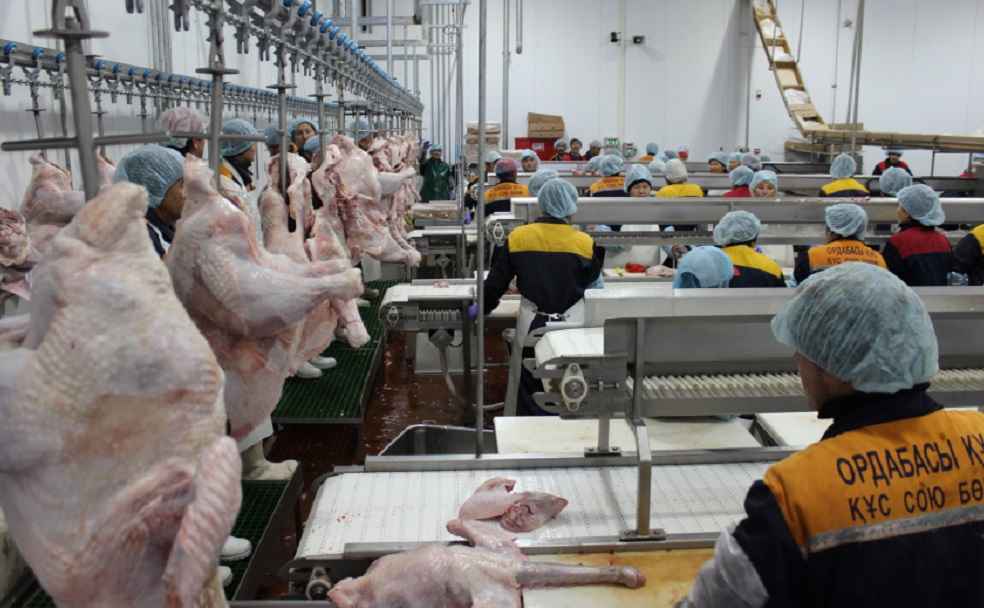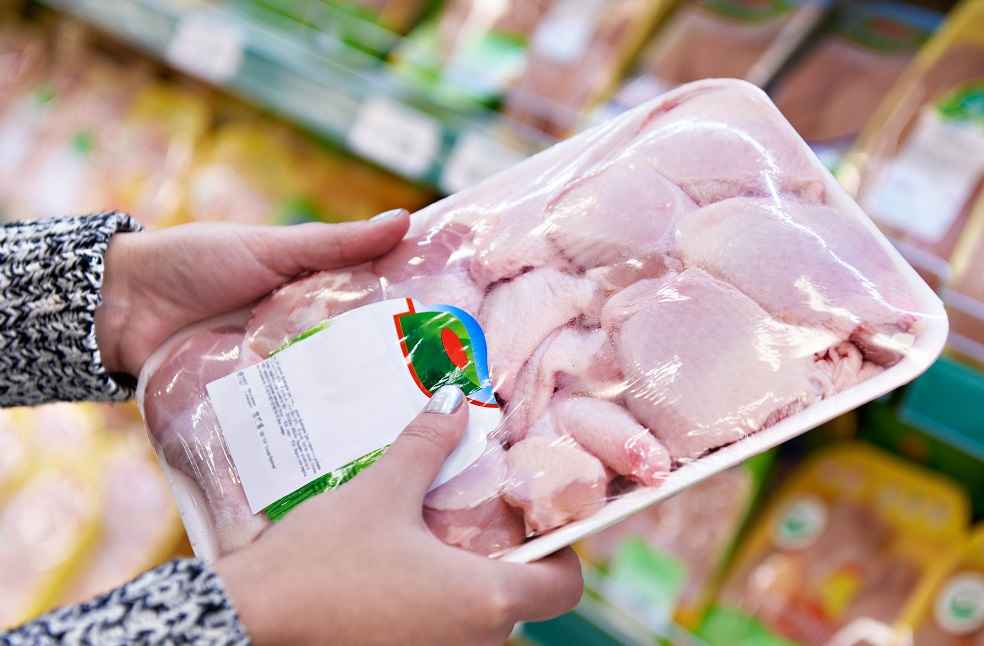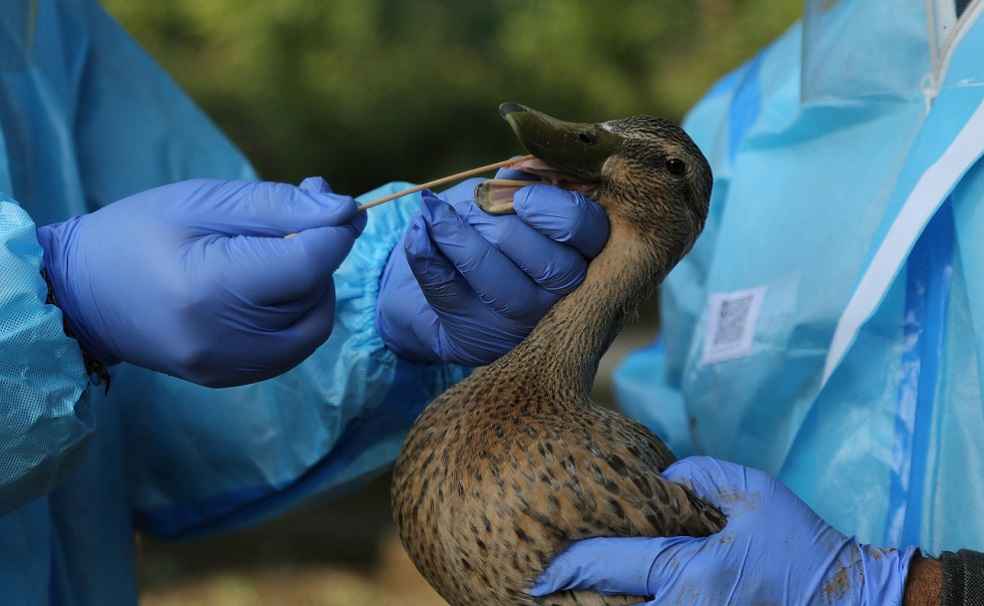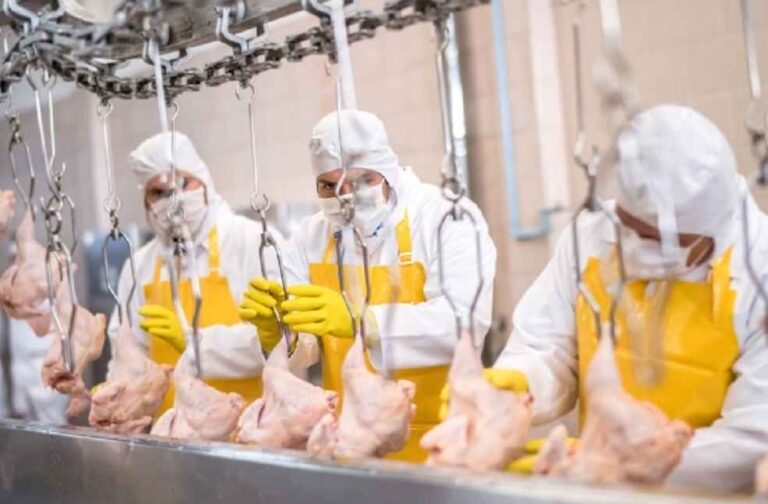After experiencing a period of stagnation, the global poultry sector could soon be seeing a resurgence, as indicated by a recent Rabobank report. With enhanced demand and reduced costs on the horizon, the tail end of 2023 and the beginning of 2024 offer promising prospects.
Nan-Dirk Mulder, a senior analyst of animal protein at Rabobank, expressed, “After a period of slow poultry consumption growth due to a weak global economy and rising prices resulting from cost increases, global demand has room for some recovery.” This potential boost is attributed mainly to declining feed costs, which in turn make chicken more affordable. Mulder noted, “Poultry should be able to benefit from its relatively competitive pricing in many markets compared to other proteins like beef, pork, and alternative proteins.”
While the projected growth for the poultry market in 2023 is a modest 1.2%, below the historical 2.5% average, Rabobank remains optimistic about the upcoming year.

Trade data reveals that the global market maintained its momentum throughout 2023, with a significant 7.2 million tonnes recorded in the first half. This was primarily driven by the raw poultry meat sector. In contrast, processed poultry products saw an 18% decline from the previous year.
Brazil took the lead in benefiting from these conditions, showing a 16% growth in exports in the first half of the year. Rabobank emphasizes that for countries like China and Thailand to remain market leaders, prioritizing raw chicken commerce is essential.
The report also identifies market supply challenges. The United States, South Africa, Brazil, and Indonesia faced issues of oversupply, whereas Europe, Russia, Japan, Mexico, Malaysia, and Thailand showcased balanced market dynamics. China’s market experienced both peaks and troughs in profitability.

In terms of poultry exports to China, Brazil dominated with a 50% share, followed by the United States at 19%, Russia at 10%, and Thailand at 9%. Interestingly, U.S. poultry exports to China decreased by 31% year-on-year, with overall U.S. poultry exports down by 2% compared to the previous year.
The Avian Influenza (AI) outbreak in birds remains a significant concern for the industry. Japan was particularly affected, with nearly 10% of its layers culled. The majority of recent AI cases in Europe and North America were found in wild birds.
France has also struggled with bird flu, facing major outbreaks of severe avian influenza. The nation took a distinctive approach in Europe by initiating a large-scale vaccination drive targeting millions of ducks. This effort was designed to proactively tackle bird flu and curb the repeated incidents of AI.
Mulder cautioned about the ongoing threat of AI, stating, “As AI is now present in most regions, new outbreaks will occur frequently, which often means temporary restrictions on global trade and shifts in trade flows.”

With challenges omnipresent, producers find themselves at a crossroads. Significant ebbing in corn prices since August and a downward trend in wheat prices accentuate this. Mulder opines, “Although we believe feed prices will drop slightly, operational costs are still at historic highs, and risks of further volatility exist in grain prices, due to El Niño, and in energy prices and availability. Ongoing leadership in terms of costs and procurement will remain key.”
DON’T MISS IT | France’s Bold Duck Vaccination Amid Global Trade Hurdles



